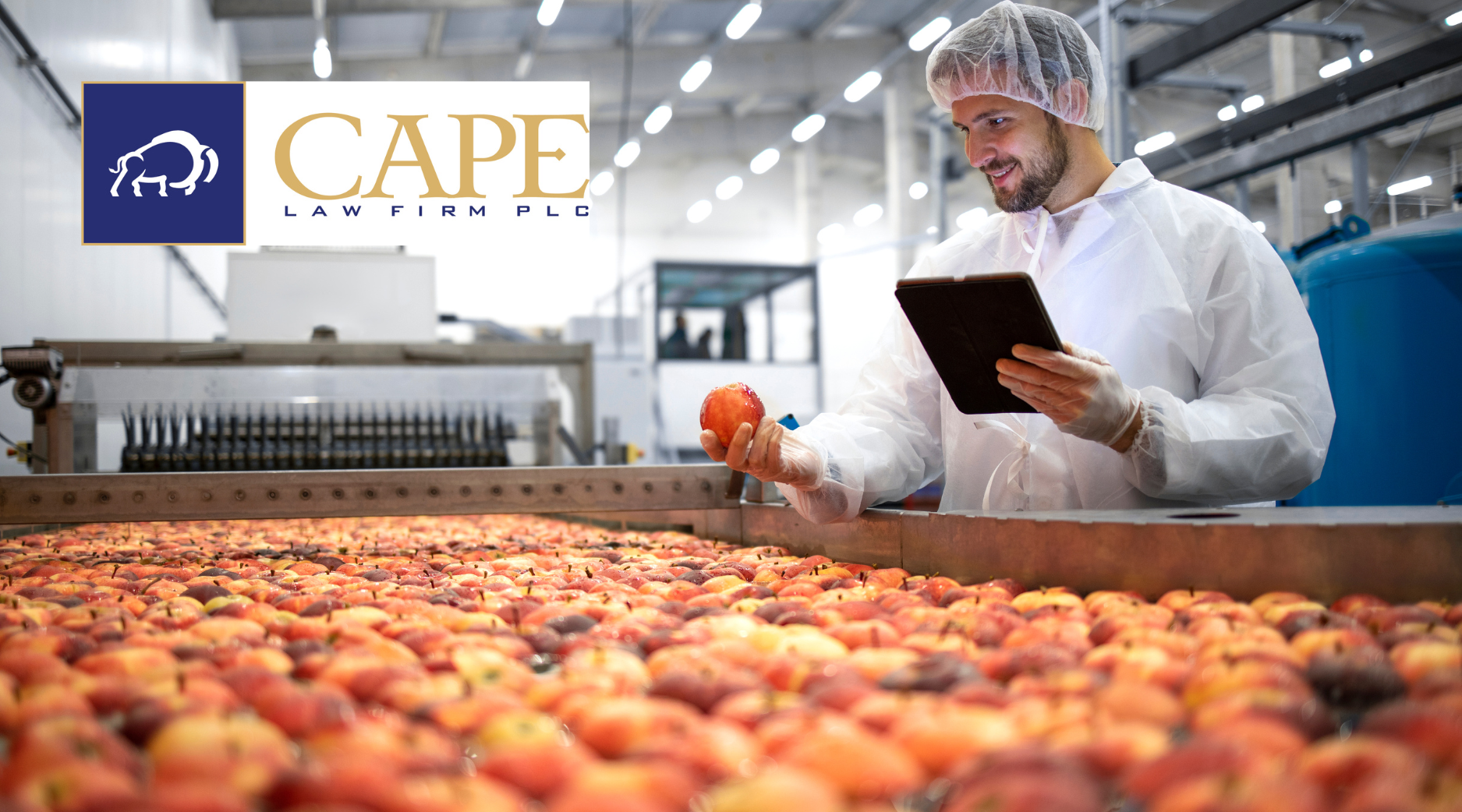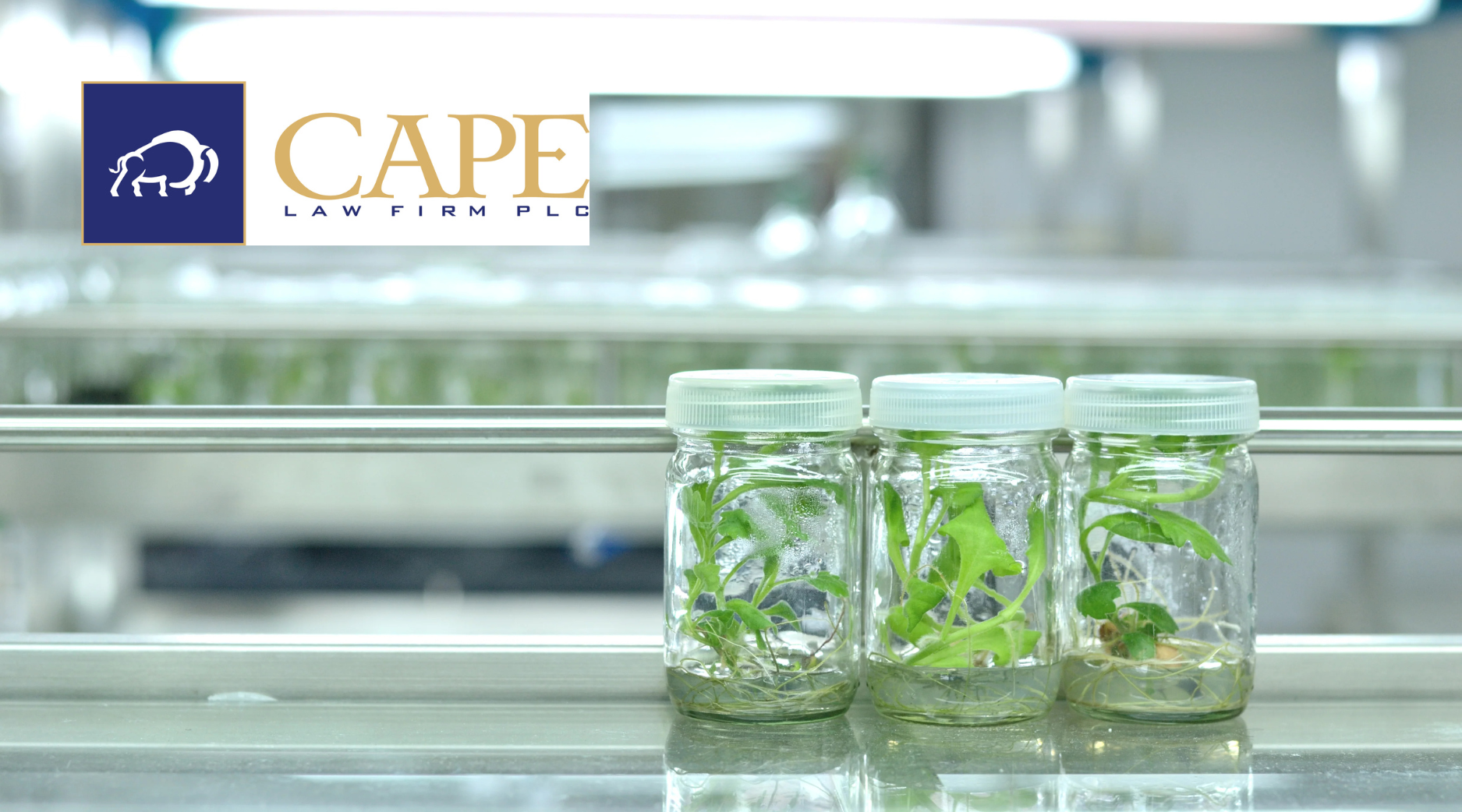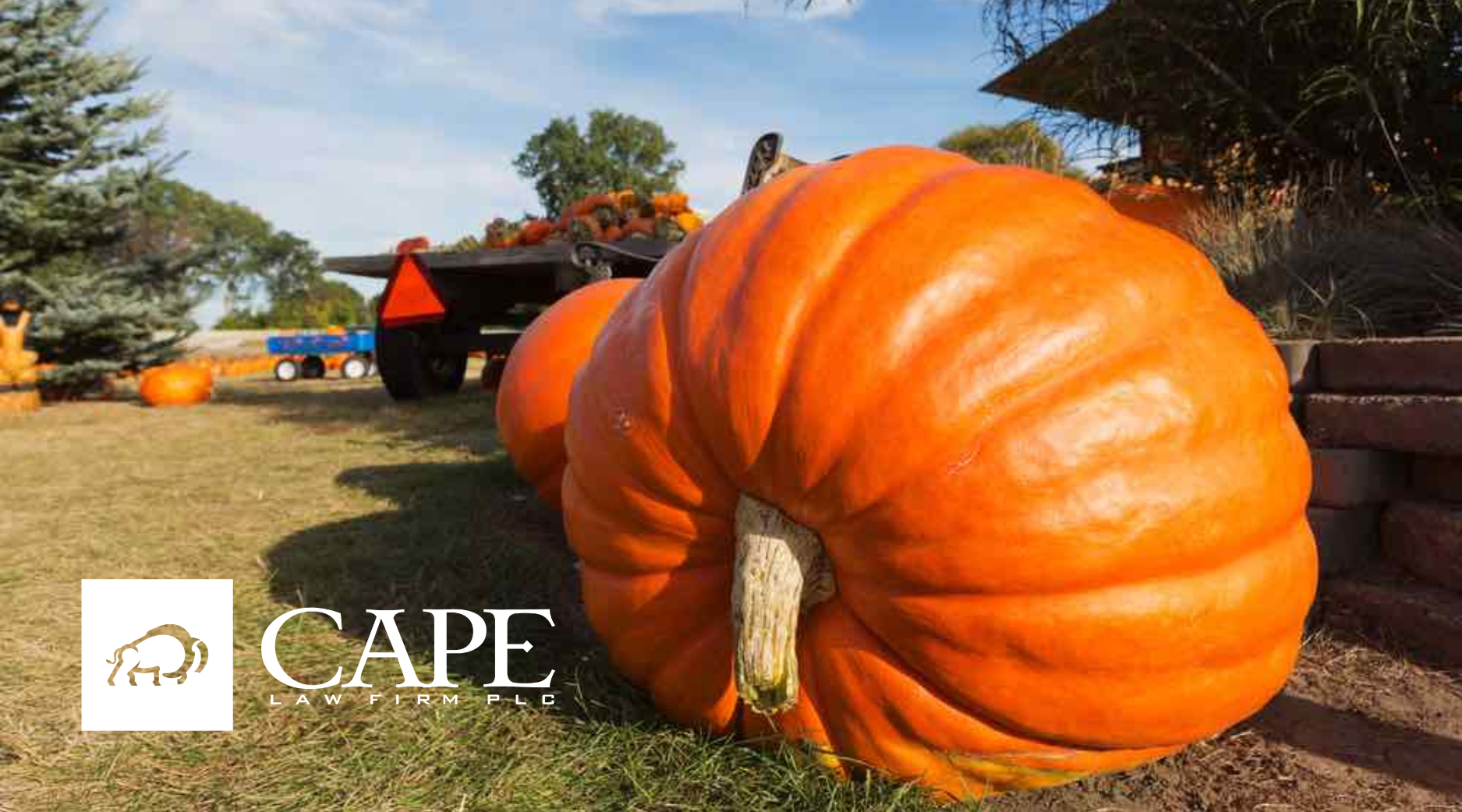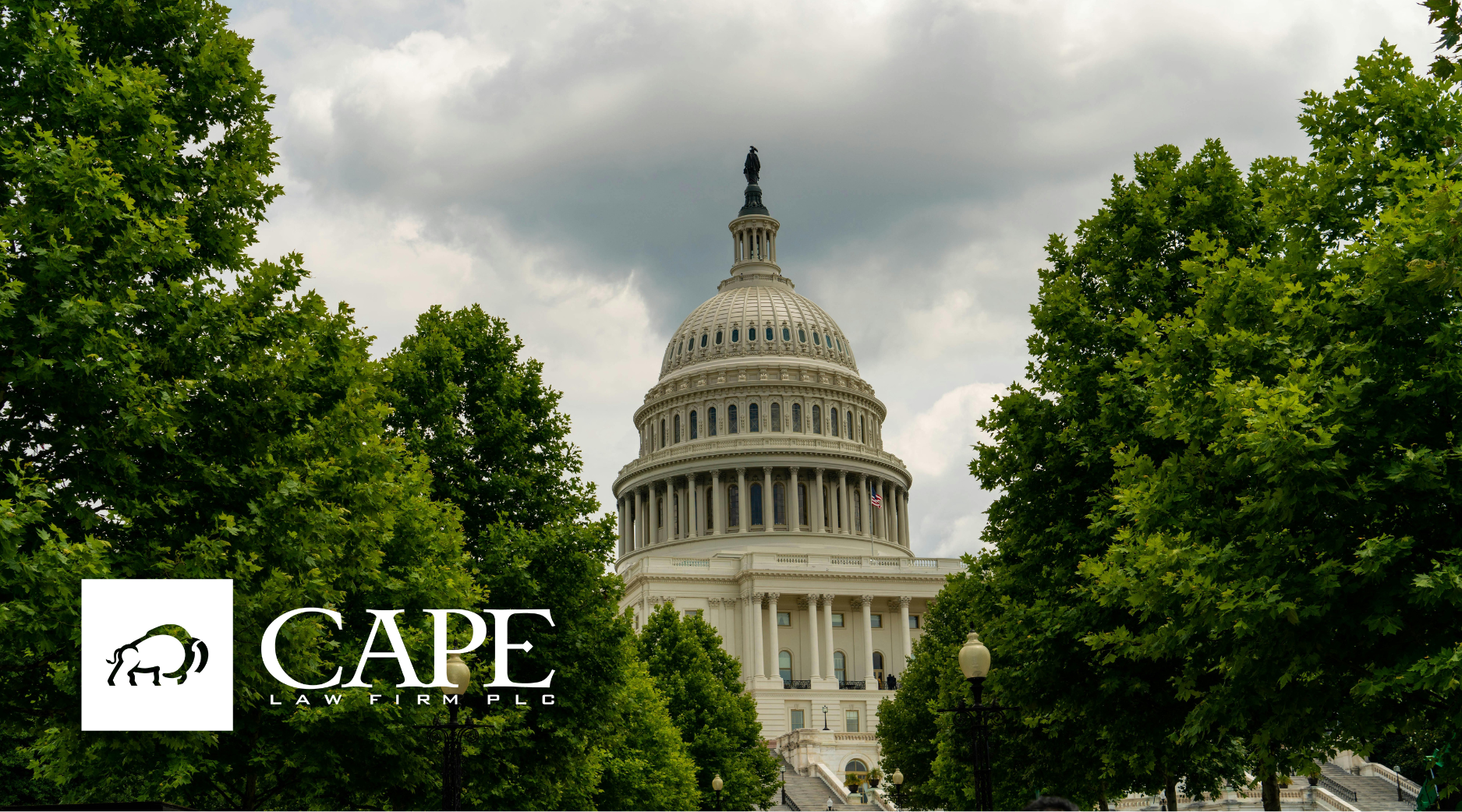California Enacts “First” Ban on Ultraprocessed Foods?
Last week, California enacted a new law to ban ultra-processed foods (UPFs) in school meals, with Governor Gavin Newsom broadly claiming that it was leading the way for the rest of the nation with the first law in the U.S. to enact such a ban. California’s new law does appear to be the first to provide a legal definition of UPFs and provide mechanisms for enforcement. Reflecting the challenge of defining precisely what a UPF is, California’s definition is somewhat lengthy and incorporates several other regulatory definitions, but in substance, a UPF is the following:
Claiming to be the “first” in this space is a bit dubious, coming just months after the President’s Make America Healthy Again (MAHA) Commission called out UPFs for federal regulatory action. And a number of other states (such as Texas and West Virginia) have taken various regulatory actions on certain aspects of UPFs, such as prohibitions on certain food additives and synthetic dyes. Political posturing aside, the desire to avoid UPFs appears to be a bipartisan issue since both political parties have established virtually identical positions.
Regulating the U.S. diets away from UPFs should be a positive development for U.S. agriculture, although it won’t necessarily be positive for all. Undoubtedly, farms growing fresh produce and livestock producers stand to benefit from a shift to a less processed, whole foods diet. But, some grains, oilseeds, and sugar crops – the typical beneficiaries of government assistance – may suffer as demand for those ingredients falls. Thus, it may be worth asking how federal farm policy will adjust to a changing dietary landscape, or if it will just continue the status quo.
Corteva Splits Personalities
Much has been written about Corteva’s decision to split its seed and crop protection business into two separate publicly traded entities and what that foreshadows for the future of farming in the U.S. Along with the usual reasons for a split, such as unlocking greate value to shareholders form pure-play busniesses, Corteva’s leadership has indicated that it sees the seed business and crop protection business evolving in different directions with differing priorities. The future of crop protection certainly appears to face a host of challenges, especially with new technologies that will significantly reduce, or even eliminate, the use of traditional synthetic pesticides (e.g., laser weeders and John Deere’s See-n-Spray). And with synthetic pesticide products facing increasing liability and environmental risks, there is some logic to shielding the seed business.
Corteva’s new seed company, which for now is called “SpinCo,” will be able to focus more acutely on advanced genetic innovations to develop improved crops and potentially move into fruits and vegetables.
Another comment from Corteva’s leadership was regarding its customers’ desire for choice among crop input decisions. Thus, by splitting, the separate companies would essentially “expand” choice among farmers for purchasing crop inputs. There has been no shortage of complaints regarding the level of consolidation in the seed/inputs industry, and just maybe, this split is an effort to get ahead of the potential for government action that would involuntarily unwind some of these effects.
Honeycrisp Apples – A Plant Breeding Story
Amira McKee of the Wall Street Journal wrote an excellent piece on how the Honeycrisp became America’s favorite apple variety due to its crisp crunch and fantastic flavor, while the farmers who grow it would love to kick it to the curb. While it may be delicious, it is a royal pain to grow, harvest, store and ship. It is quite sensitive to environmental conditions, has an easily punctured thin skin, and bruises easily. Thus, for growers, Honeycrisp requires a ton of care and attention, making them a real headache to manage.
Amira’s story not only demonstrates the importance of plant breeding, but also one of the main plant breeding quandaries – developing varieties to meet consumers’ wants, while also meeting growers’ desire for efficient production and high yield.
You can read Amira’s story, “America’s Favorite Apple Is a Farmer’s Nightmare,” here.





